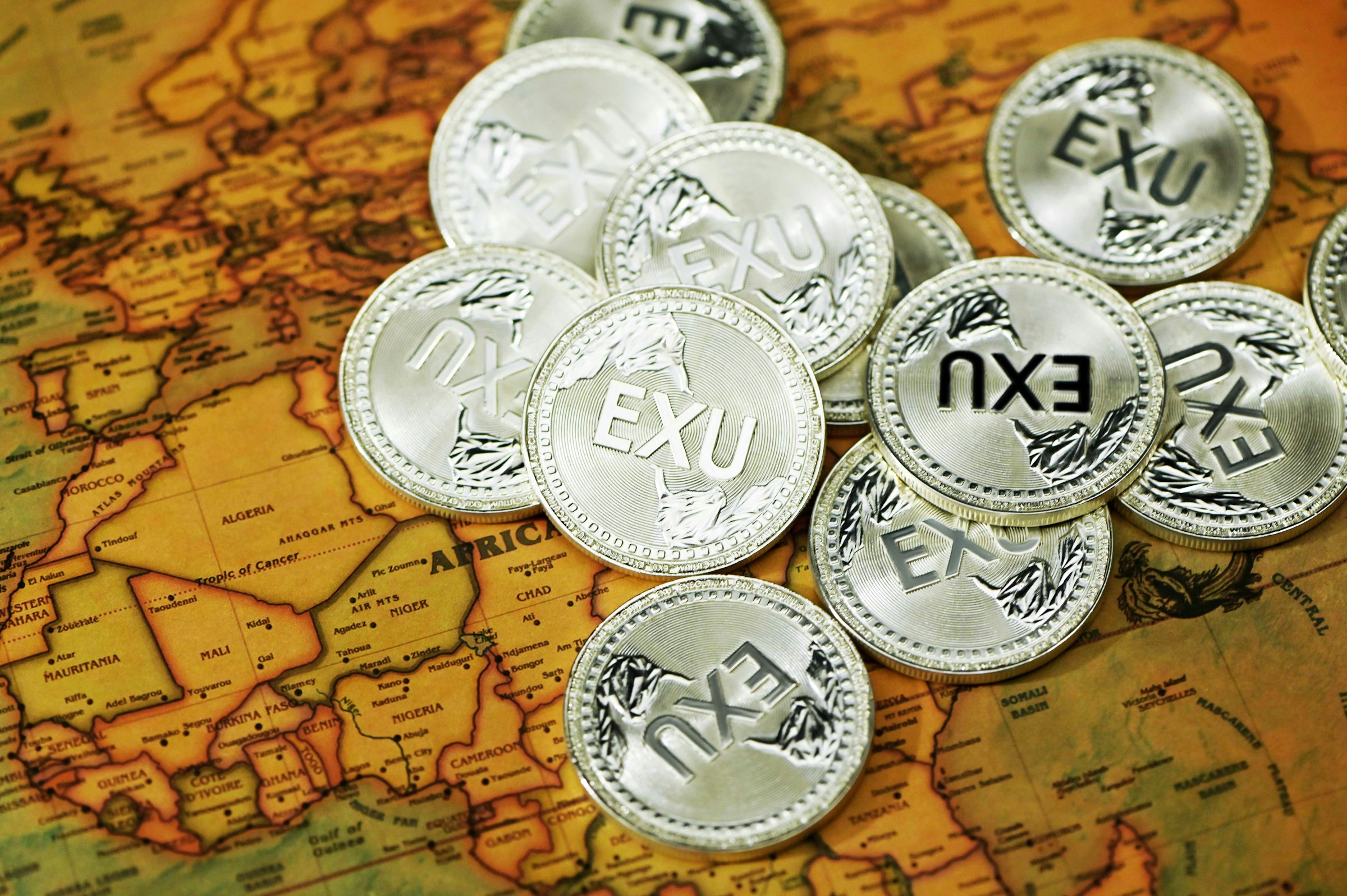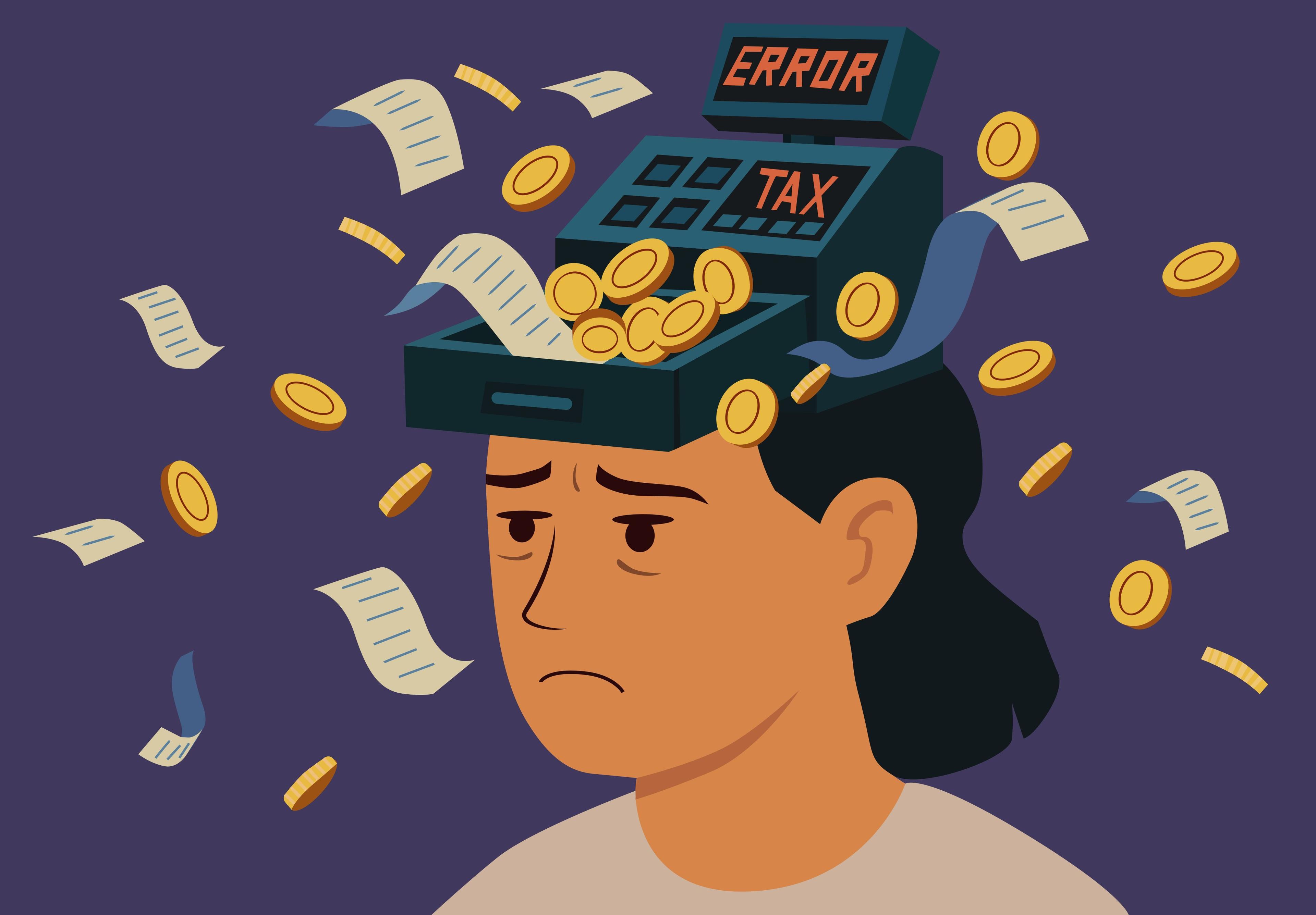If you plan to build wealth patiently across many years, the tools you use will shape your results as surely as the discipline you bring to saving. Exchange traded funds were created to make broad market ownership simple, transparent, and cost conscious. Over time they have become the default core of many household portfolios because they reduce friction and remove avoidable complexity. The appeal is quiet rather than flashy. It is the appeal of owning a diversified slice of the market you want, at a fee you understand, with a structure that rewards steady habits. For long horizons, that combination is powerful.
A good investing plan begins with clarity about the destination. Perhaps you want a retirement that does not require constant budgeting stress. Perhaps you want to fund your children’s education while keeping the mortgage manageable. Perhaps you want the freedom to take a sabbatical or to shift careers without fear. In each case the problem is not how to find the next headline grabbing stock. The problem is how to convert monthly savings into compounding ownership of productive assets, while keeping costs and administrative hassle low. Exchange traded funds fit that problem well. They package hundreds or thousands of securities into a single unit, track a clear index or rule set, and trade efficiently during market hours. The result is a tool that lets ordinary investors behave more like institutions, not because it makes them smarter, but because it makes the sensible path easier to follow.
Diversification is the first advantage that most people notice. It sounds like a textbook word, but it solves a very human problem. No one can predict which company or sector will dominate the next decade. With a broad equity ETF, you do not need to make that prediction. You own a cross section of the market, so your outcome is not held hostage by any single story. When one industry stumbles, another may advance. When one region slows, another may accelerate. This does not remove volatility, but it softens the blow of the unexpected and lowers the chance that one mistake derails years of progress. For investors in open and trade dependent economies, there is a second layer of diversification that matters. Currency and jurisdiction can affect your purchasing power and your tax reality. Global or regional ETFs allow you to spread exposure beyond a single home market, so that your portfolio is connected to several engines of growth rather than one.
Costs are the second quiet advantage, and over decades they are decisive. Exchange traded funds, especially those that track well known broad indexes, tend to carry very low ongoing fees. When performance is similar, the lower fee fund wins by leaving more of the return in your account. This is not an abstract debate. A seemingly small difference in annual expenses compounds into a meaningful difference in ending wealth across a thirty year career. Cost also appears in places that investors sometimes ignore. Trading spreads, market impact, and the inconvenience of once a day pricing can all add friction. ETFs trade throughout the day, which gives you control over entry price and the ability to use limit orders. If your saving pattern follows your pay cycle, you can automate contributions that land during market hours without waiting for a fund’s evening pricing window. When saving becomes a habit, small frictions add up. Reducing those frictions makes the habit easier to keep.
Transparency supports trust, and transparency is built into most ETFs. You can usually see the full list of holdings and the rules that govern how the index is constructed. That level of clarity helps you confirm that the fund is doing what its label claims. If you want a pure market weight approach, you can choose a tracker that mirrors a major index. If you want a tilt toward small companies, value characteristics, or quality metrics, you can select a fund with a published methodology that implements that tilt in a consistent manner. Because holdings are public, you can also check for accidental overlap across your portfolio. Many investors collect tickers that sound different but hold very similar baskets. A quick look at the top constituents reveals where you are doubling up and where you are thin. Simplifying back to a few core funds can lower fees, reduce monitoring time, and still preserve the exposures that matter.
Liquidity is another practical benefit that shows up in daily life. Plans are long term, but life rarely runs in straight lines. You might need to raise cash for a home deposit, fund an unexpected medical cost, or rebalance after a large market swing. Because ETFs trade on exchanges, you do not have to wait for end of day processing to execute a decision. You can adjust during market hours in sizes that match your needs. That flexibility also supports disciplined rebalancing. Over time, riskier assets may outgrow safer ones and pull your allocation away from target. With ETFs, you can trim or add in small increments, which keeps your plan aligned without turning maintenance into a project that you dread.
Tax efficiency is often part of the story as well, although the magnitude varies by jurisdiction and by the specific fund structure. Many ETFs are built to minimize unnecessary turnover. Lower turnover tends to reduce taxable distributions, which helps after tax compounding. In some markets, the mechanics of how shares are created and redeemed can further limit embedded gains. In other markets, withholding taxes on dividends or local rules may narrow the advantage. The key is to match the fund’s domicile and distribution policy to your personal circumstances. An investor who is taxed as a resident in one country may experience a fund differently than an investor who is taxed elsewhere. The principle remains stable. Fewer taxable events inside the fund, and fewer surprises at distribution time, leave more of your return working for you.
Rules based design may sound like a technical detail, but it delivers planning value that many people overlook. When you own a fund that follows an index, your question shifts from whether a particular manager will continue to pick winners to whether a defined slice of the market will continue to reflect economic growth. That shift helps in three ways. It makes it easier to estimate ranges of outcomes, because you are dealing with a broad exposure rather than a handful of concentrated bets. It keeps the conversation about risk grounded in allocation rather than personality. And it reduces the temptation to churn your holdings whenever a new star manager catches headlines. For most long horizon savers, the reduced need to tinker is a gift. Attention can move back to savings rate, time in the market, and the mix between growth and stability.
These structural benefits become even clearer when you view them through the lens of different life stages. Early in a career, time is your greatest asset. Regular contributions to a low cost, diversified ETF can turn that time into compounding ownership without demanding constant research. You do not need to predict the next cycle. You need a steady rhythm and the patience to let market earnings work for you. As income grows and responsibilities widen, you may add bond or cash like ETFs to dampen volatility and prepare for upcoming goals. Parents often appreciate having a separate account for education savings anchored by a simple set of funds. The mechanics are familiar, the monitoring is light, and progress is easy to track.
Mid career professionals who receive equity compensation face a different challenge. Concentration in an employer’s stock can distort a balance sheet. ETFs offer an elegant counterweight. By building the rest of the portfolio with broad market funds, you can dilute the single company risk without creating a complicated patchwork of positions. If your career involves cross border moves, ETFs can serve as a portable core. You might need to swap tickers to suit a new platform or tax regime, but the underlying exposures can remain similar. That continuity keeps your strategy intact through life transitions.
In the years approaching retirement, priorities shift from maximum growth to reliability and control. Exchange traded funds remain useful here because they allow fine tuning without a rebuild. You can raise the weight of short duration bond funds to reduce sensitivity to interest rate changes. You can complement a pension with dividend oriented equity funds or with funds that focus on quality companies with stable earnings. You can manage cash needs with funds that hold very short dated instruments. All of these adjustments are simple to execute and simple to reverse if circumstances change. The emphasis stays on clarity and repeatability.
No honest discussion of ETFs is complete without a clear review of risks. Market risk remains. If you own an equity ETF, you should expect its value to fall during equity bear markets. If you own a bond ETF, you should expect price movements when interest rates change or when credit spreads widen. Tracking differences can appear when the fund does not match its index perfectly, especially in volatile conditions. Liquidity is usually strong for large, broad funds, but very narrow or lightly traded funds can experience wider spreads at certain times. The thematic corner of the ETF market deserves special caution. A fund that focuses on a single idea can be far more volatile than a broad tracker. It may also hold companies that share a marketing narrative rather than a proven earnings engine. For long term plans, core positions usually belong in established, diversified funds. Niche funds can play a role, but that role should be clearly defined and position sizes should respect the additional risk.
Leverage and inverse funds require a separate warning. These products are designed for short term trading and hedging. They reset daily and can behave in counterintuitive ways when held for long periods. If your aim is long term compounding, they are rarely appropriate. The simpler version of an ETF, the one that tracks a broad index with minimal fuss, is typically the right foundation for households who want steady progress rather than constant drama.
Evaluation before purchase does not need to be complicated. Begin with alignment. Does the fund provide the exposure you want for the job you need it to do. Read the summary of the index methodology so you understand what is inside and how the rules handle events like rebalancing or corporate actions. Review the expense ratio, but do not stop there. Look at average trading spreads and at historical tracking differences. For core positions, prefer funds with meaningful assets under management, consistent daily volume, and a track record long enough to judge implementation quality across different market conditions. If tax and cash flow matter to you, check the fund’s domicile and distribution policy. Confirm that the trading currency and your base currency fit your plan, or that you are comfortable with the exchange rate risk involved.
Most important, decide how the ETF fits the rest of your system. If you intend to automate monthly investments, pick funds that are easily available on your platform and that you can buy in sensible lot sizes. If you plan to rebalance quarterly, choose funds whose behavior makes those adjustments predictable. The best plan is one you can repeat without heroic effort. The best instruments are those that let you repeat with confidence even when life gets busy.
When you look at the full picture, the benefits of ETFs for long-term investors are straightforward. They make diversified ownership possible with a single trade. They keep ongoing costs low so that more of each year’s return stays in your account. They offer transparency that allows you to verify what you own. They provide liquidity that matches the realities of modern work and family life. They often deliver tax efficiency through thoughtful design, subject to local rules. They shift the conversation from personalities to process, which supports calmer decision making. None of this guarantees a specific outcome, but together these features remove avoidable obstacles so that time and discipline can do their work.
If you are just starting, one or two broad ETFs can carry you a long way. If you are further along, ETFs can help you refine your allocations without turning your portfolio into a jigsaw puzzle. Write down what you want your money to do, for whom, and by when. Once that purpose is clear, the choice of vehicle becomes a supporting decision rather than the main event. Exchange traded funds serve long horizons well because they keep the focus where it belongs. They keep complexity low, they keep costs in check, and they keep you invested through the normal noise of markets. Over years and decades, that is what compounds into financial freedom.









.jpg&w=3840&q=75)




